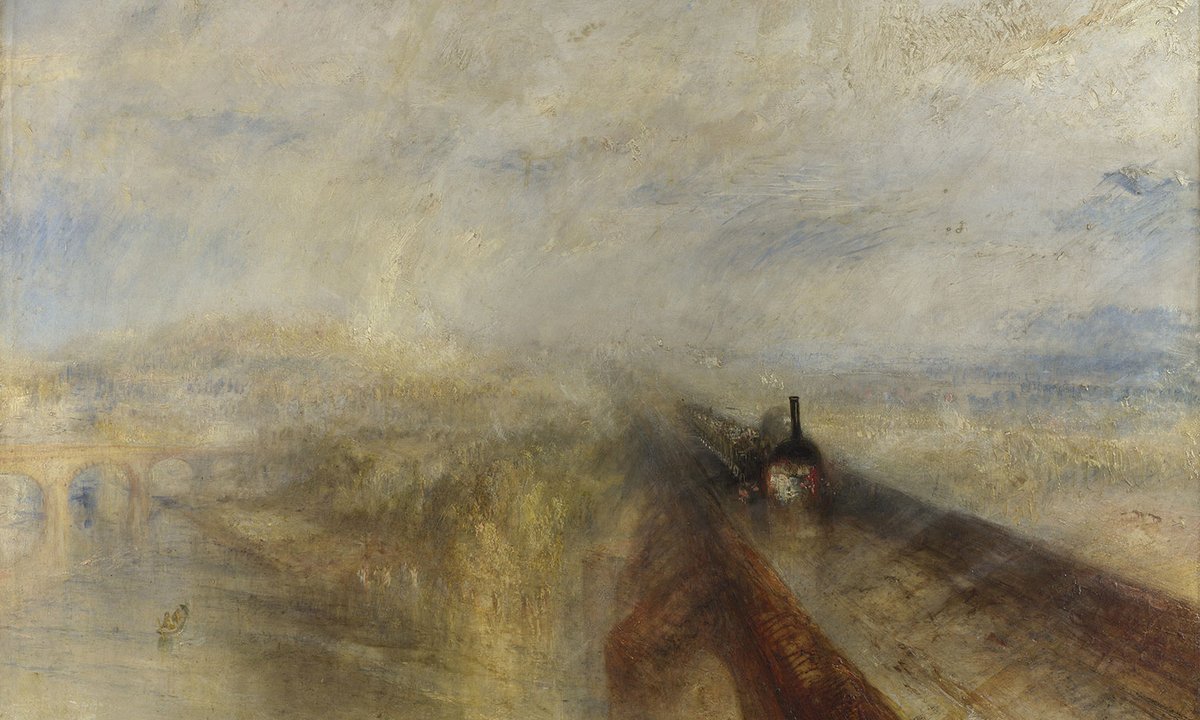
"Should art historians choose? One of art history's many self-denying ordinances is to avoid âvalue judgementsâ. These are regarded as subjective expressions of feeling."
"Lucian Freud felt Constable's 'truth-telling about the land' made him 'so much more moving than Turner'. I agree."
"How did Turner come out on top? Today we celebrate his late works, but during his lifetime now-seminal works such as Rain, Steam, and Speedâthe Great Western Railway (1844) left many bewildered."
"The Tate, on its website, is emphatic: 'Turner is widely considered to be the greatest and most influential British artist of all time.'"
The article explores the longstanding debate of whether JMW Turner or John Constable is the superior artist, particularly in light of Nicola Moorby's book. The author believes that while both artists are vital to British art history, Turner's work, especially his late pieces, has garnered greater recognition, exemplified by his presence on banknotes. The article emphasizes that art historians often shy away from making comparisons; however, personal interpretations and aesthetic valuations are part of art appreciation. It additionally highlights Lucian Freud's perspective on Constable's emotional depth over Turner's innovative style.
Read at Theartnewspaper
Unable to calculate read time
Collection
[
|
...
]